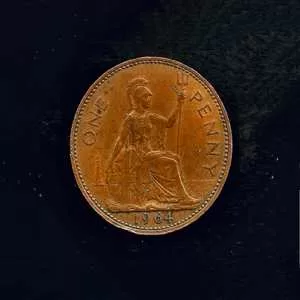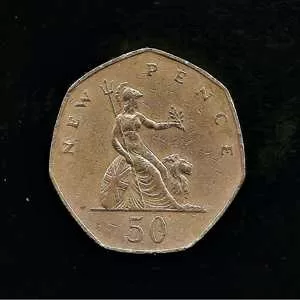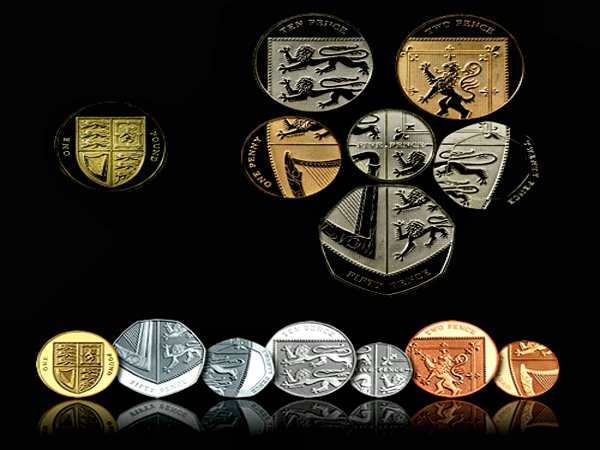British coinage has long been a canvas for the nation’s history, culture, and eccentricities. From the majestic Britannia to unexpected designs like dolphins on a 50 pence piece, these small metal discs carry stories that reflect centuries of tradition and change.
The Legacy of Britannia: A Symbol of Strength and Empire
The image of Britannia, a helmeted woman holding a trident, is one of the most enduring symbols on British coins. Her roots trace back to Roman times when Britannia was the name given to the British Isles. Over time, she became a personification of the island, symbolizing strength, protection, and naval dominance.
Britannia’s most famous representation on British coinage began during the reign of Charles II. The design was modeled after Frances Teresa Stuart, a famed beauty of the Restoration period. Despite being pursued by the king, Stuart maintained her independence, a quality that perhaps influenced her selection as the embodiment of Britannia. Samuel Pepys, the renowned diarist, noted in 1667, “a pretty thing it is, that he should choose her face to represent Britannia.”

As the British Empire expanded, Britannia became more than just a symbol of the nation—she represented the Empire’s vast reach and power. Her image adorned the tails side of the penny, half-penny, and later, the fifty pence piece, where she carried an olive branch, symbolizing peace, alongside her trident and shield.
The Evolution of British Coin Designs
The designs on British coins have evolved significantly, especially after decimalization in 1971. While the old pre-decimal coins featured traditional symbols like the wren, Golden Hind, and thrift plant, the modern era has seen a shift towards commemorative and thematic designs.
For instance, the fifty pence piece has been a favorite canvas for various commemorations. In 1994, the Royal Mint issued a design to mark the 50th anniversary of D-Day, featuring a depiction of the Normandy landings. Another notable design came in 2005, celebrating the 250th anniversary of Dr. Johnson’s Dictionary. This coin was unique not only for its theme but also for incorporating Anglo-Saxon script, a nod to Britain’s linguistic heritage.




In 2008, a major redesign saw the removal of Britannia from the fifty pence piece, replaced by a new series that, when combined, forms a jigsaw of the Royal Shield. This change stirred controversy among traditionalists, but the Royal Mint assured the public that there were no plans to withdraw existing coins from circulation.
Unexpected Finds: A Glimpse into Global Connections
Occasionally, foreign coins find their way into British pockets, adding an element of surprise to everyday transactions. A prime example is the discovery of a 50 pence piece featuring five dolphins—a design not from the UK but from Gibraltar. Such coins often make their way back home with travelers, a testament to the global connections and the quirky surprises that come with British change.
A Coin for Every Story
British coins are more than just currency; they are storytellers, bearing the weight of history, culture, and the eccentricities that make Britain unique. Whether it’s the enduring image of Britannia, a commemorative piece celebrating a historic event, or a foreign coin that’s wandered into circulation, each piece of change carries a story worth discovering.
So next time you’re sorting through your coins, take a moment to appreciate the tales they tell—hidden in plain sight, right in the palm of your hand.

